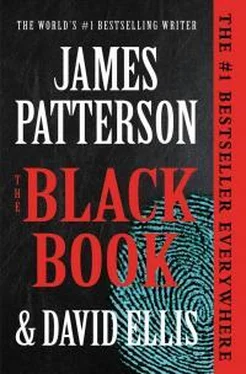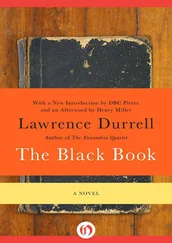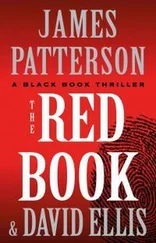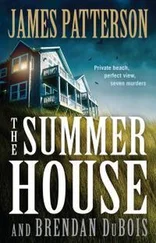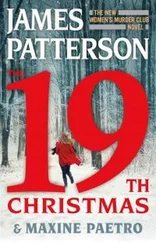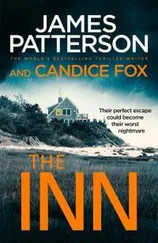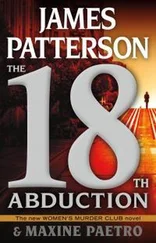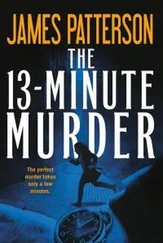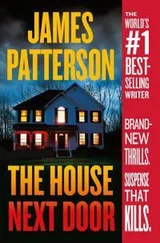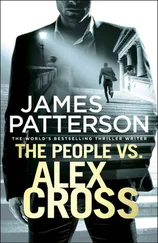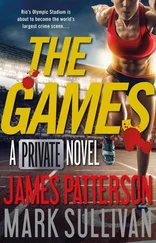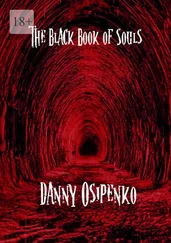Fenton: I’m right outside her door open up
Harney: You’re outside Amy’s apt?
Fenton: Yes open door right now
Harney: Why would I do that
Fenton: Bc she knows u idiot. She knows about u and so do I
State’s attorney Margaret Olson lets it all sink in, gives the jurors time to read the exchange on that poster board, watching their eyebrows arch and their mouths drop open as it all comes together for them.
“‘She knows,’” says Olson, drawing out the last words on that poster board. “‘She knows about you . . . and so do I.’
“The defendant was cornered by the two women he tried to distract, the two women he tried to charm into turning a blind eye to his crimes. He was cornered, and he had no other choice. He killed them both, within minutes of each other.
“Now let’s talk about the physical evidence we will show you,” she says.
And there is plenty of it. But it’s simply the icing on a delicious cake Margaret Olson has just baked. I can see from the way the jurors react to her words, from the nasty glances they shoot in my direction, that I already have one foot in the grave. And each juror is holding a shovelful of dirt.
Eighty-Eight
THE NEXT morning, my lawyer, Stilson Tomita, gives our opening statement, just as he previewed it in his office. Kate was the classic “woman scorned.” There are seven women on our jury, and my biggest concern is how it will play with them. Patti insists—and my wife once said the same thing to me—that nobody is more critical of women than other women. Maybe. But when the criticism comes from a man? I’m not so sure. Stilson uses the evidence he has—the sexy photos and the messages, including the implicit threat “You had your chance; remember that I gave you the chance.”
But they don’t look convinced. They spent all last night thinking about what Margaret Olson said to them—that I was devious, manipulative, that I seduced Kate to keep an eye on her, to keep my enemy close. And every piece of evidence Stilson shows them, solidifying our claim that Kate had become irrational and desperate in her pursuit of me, is likewise more proof that my manipulation had worked.
And then it’s back to the prosecution. Margaret Olson parades in witnesses over the next three days, carefully building her case.
Ngozi MacNamara, an assistant state’s attorney, a smartly dressed young African American woman originally from Johannesburg, South Africa, who with that last name probably married an Irishman here in town.
“I assisted in preparing the complaint for the search warrant for the brownstone,” she says. “I did so at Amy Lentini’s direction.”
Margaret Olson nods. “And the first sentence of the third paragraph of that document. Could you please read that into the record, Ms. MacNamara?”
MacNamara looks at her copy. “‘The undersigned has been advised by a CI that handwritten records of the prostitution activity and the extortion payments made to Chicago police are contained within that residence.”
“And what does ‘CI’ mean?”
“It means confidential informant.”
“And under whose signature was this complaint going to be filed?”
“Under Amy Lentini’s,” MacNamara says.
“So Amy had a confidential informant?”
“She did. Her informant told her that Ramona Dillavou was keeping a handwritten record book inside that brownstone. We were particularly interested in records of payoffs to the Chicago Police Department.”
“Did Amy tell you the identity of her confidential informant?”
MacNamara smiles at the memory, shakes her head. “You couldn’t have pried it out of her with the Jaws of Life.”
“No?”
“I mean, eventually she would’ve had to reveal the source to the judge issuing the search warrant. But until that moment? Amy would take it to her grave.”
Olson casts a look at the jury. “And as far as you know, she did take it to her grave, didn’t she?”
Police superintendent Tristan Driscoll, my old pal, in full-dress uniform—as if he’s ever spent a day on the streets of this city, getting his hands dirty—his chin raised, clearly and coherently explaining that Amy Lentini had become convinced that I had stolen the little black book after raiding the brownstone.
“Ms. Lentini made the obvious point that a homicide detective had no reason to be making an arrest for prostitution,” he says. “And I agreed. It made no sense.”
“And how did the defendant respond?”
“He became very agitated. Near the end of the conversation, he stormed out of his chair and got within inches of her. At first I thought he was going to physically attack her.”
“Objection,” says Stilson, justifying his fat hourly rate. “Move to strike.”
The judge strikes that last jab Tristan threw in, but how do you unring that bell? Pretend you didn’t hear that, members of the jury—wink, wink: even though we all know you did!
Mary Ann Lentini, Amy’s mother, with many of those same dark features, tearfully recounting that her daughter came for a visit to Appleton, Wisconsin, and confided that she had met someone. “Amy said that for the first time in her life, she found someone she could imagine a future with,” says her mother. “She said she was in love with a cop named Billy Harney.”
Mark Madison, an evidence technician for CPD, squat and thick, an unfortunate attempt at a dye job coloring the little bit of hair remaining on his head. I’ve known Mark for years. The last place he wants to be is on a witness stand testifying against me. He can’t even bring himself to look in my direction.
“Yes,” he says. “I was present in the basement during the search of Billy’s home. I did not personally find the weapon—or weapons.”
“But as one of the evidence technicians, was the discovery of the weapon called to your attention?”
“Yes, ma’am. I was first called to a room in the basement that looked like a storage room. A firearm was found in a cigar box on one of the shelves.”
“Is this the weapon you’ve just described?” Olson says, showing him the gun in a clear bag.
“Yes, it is,” says Mark. “I bagged it and tagged it.”
“You—”
“I inventoried it,” he says.
Olson nods. “What about other weapons?”
“There was a knife, a regular old kitchen knife, discovered underneath the lid of the basement toilet,” he says. “I inventoried that, too.”
“Is this the kitchen knife?” Another bag, holding the knife.
“Yes, it is.”
“As far as you know, did you receive these weapons from the individual who discovered them?”
“As far as I know, yes.”
“And who was that?” Olson asks. “Who discovered the firearm and the kitchen knife in the defendant’s basement? Was it the same person?”
“It was the same person,” says Mark. “It was Lieutenant Paul Wizniewski.”
Eighty-Nine
DR. JACQUELINE Collins-Lightford, a forensic scientist with the Chicago police crime laboratory, a number of initials after her name, even more initials of the peer groups with which she is affiliated, fancy words and acronyms flying from all directions. By the time she explains all her credentials, we’ve covered the entire alphabet several times over.
This witness is being handled by one of Olson’s assistants, a prosecutor named Loretta Scopes, whom I’ve seen around the courthouse but never met. She looks the part—serious, strident, no frills, just the facts.
“Doctor, how do you determine if there’s blood on an item of evidence?”
“Two separate tests,” she says. “The first, a screening test—a preliminary test, if you will—is called the Ouchterlony test, or OT for short. That test tells us whether the stain is blood. And if that test is positive, I’ll do a Hematrace test to confirm that the sample is blood and that its species origin is human.”
Читать дальше
